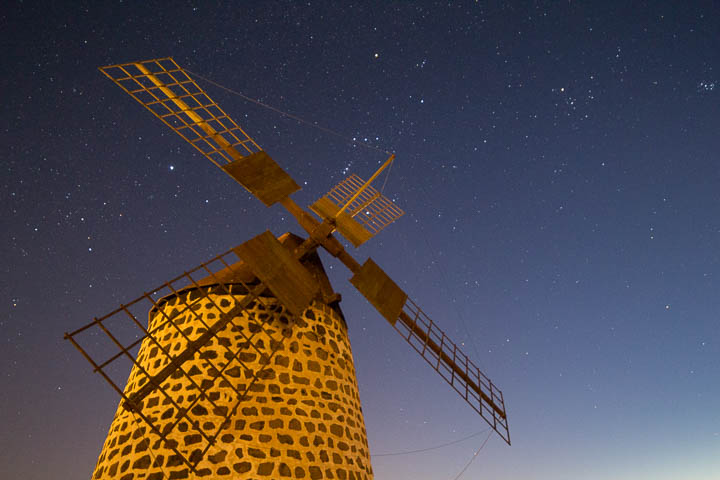We love this. Fantastic idea!
Called 100,000 stars this is a fully-immersive 3D plot of (in fact) 119,617 stars. This is an interactive visualization of the stellar neighborhood created for the Google Chrome web browser/App. It shows the real location of nearby stars. Zooming in reveals 87 individually identified stars and our solar system. The galaxy view is an artist's rendition.
According to Aaron Koblin's blog posting to announce the project, "Visualizing the exact location of every star in the galaxy is a problem of, well, galactic proportions. With over 200 billion stars, capturing every detail of the Milky Way currently defies scientists and laptops alike. However, using imagery and data from a range of sources, including NASA and the European Space Agency (ESA), we were recently able to take one small step in that direction by plotting the location of the stars closest to our sun.
"The result is a new Chrome Experiment called 100,000 Stars that visualizes the stellar neighborhood. Using your mouse or trackpad, you can zoom in and out to explore our galaxy. Zooming in reveals the names of the most prominent stars close to our sun - click each name to learn more about it and see a digital rendition."
Koblin concludes, "As you explore this experiment, we hope you share our wonder for how large the galaxy really is. It's incredible to think that this mist of 100,000 measurable stars is a tiny fraction of the sextillions of stars in the broader universe." Author: Google Data Arts Team Sources: Programmed by some space enthusiasts at Google. Galaxy images provided by Wikipedia and ESO/IDA/Danish 1.5m/R.Gendler and A. Hornstrup. Star renderings derived from Wikipedia Sun images courtesy of NASA/SDO and the AIA, EVE, and HMI science teams. Star data provided by: HYG Database, by Astronomy Nexus Gliese/Jahreiß Catalog, by Dr. Wilhelm Gliese and Dr. Hartmut Jahreiss Bright Star Catalog (5th edition), by Dr. E. Dorrit Hoffleit and Dr. Wayne H. Warren Jr, and the Department of Astronomy at Yale University HIPPARCOS Catalog (3rd Edition) by the European Space Agency.
Click on this link and you can play with the real thing:
https://stars.chromeexperiments.com

